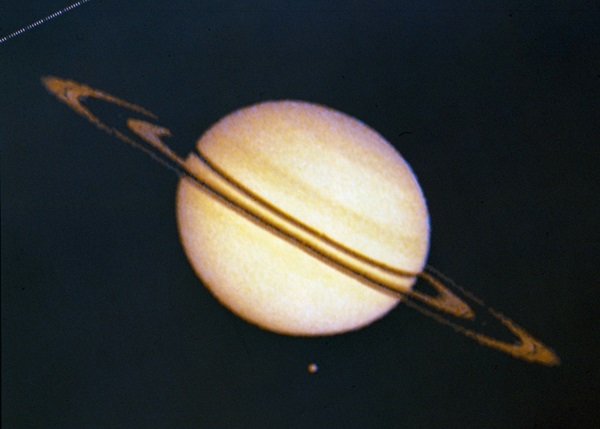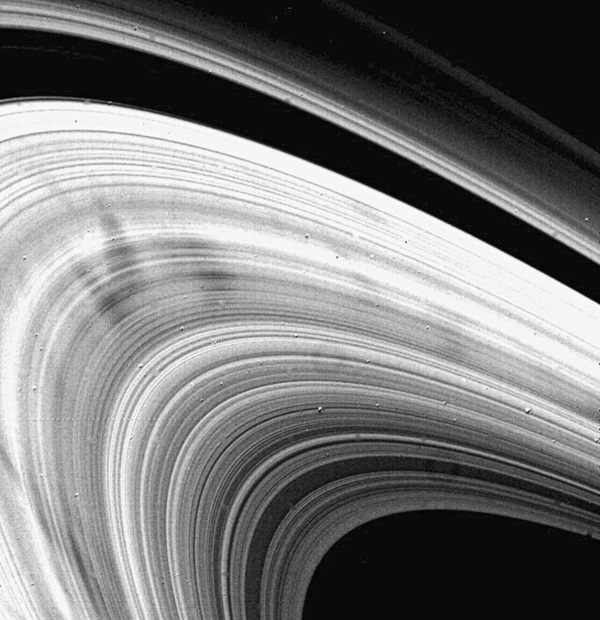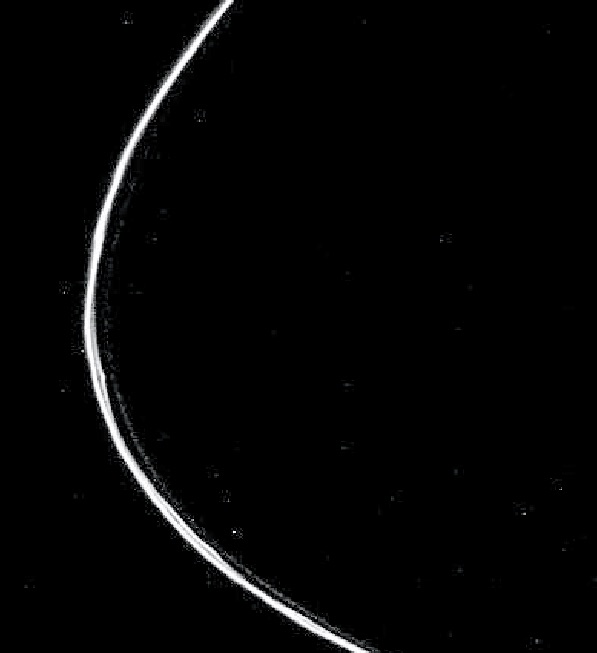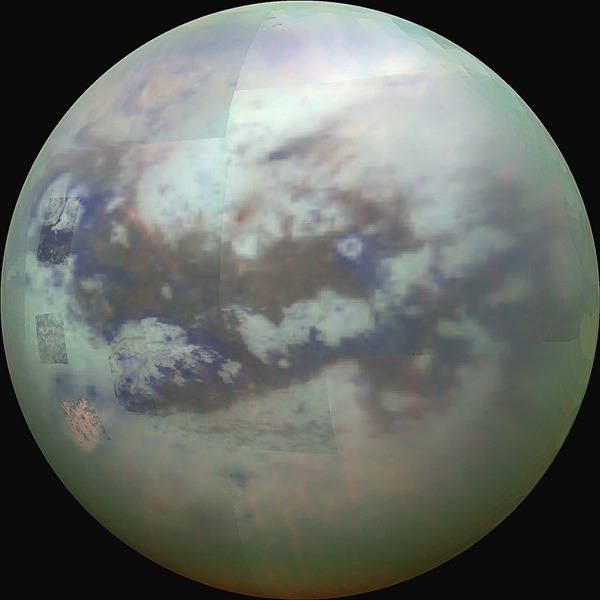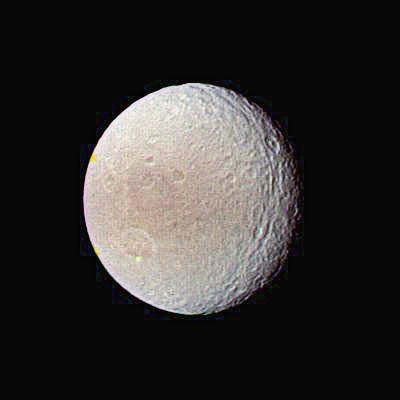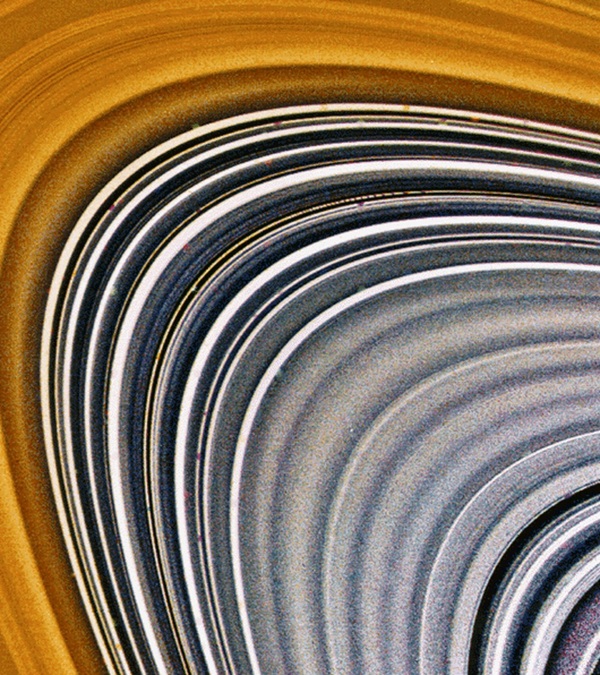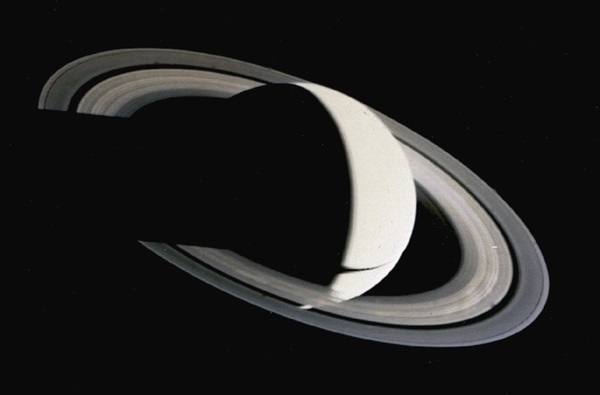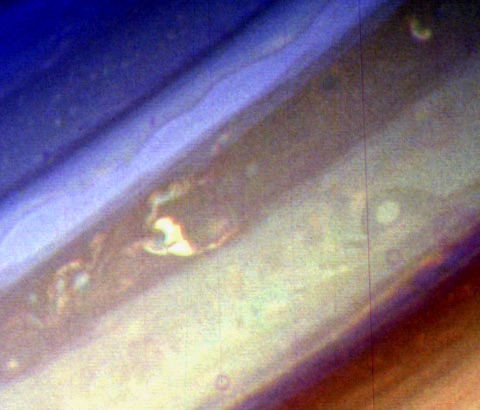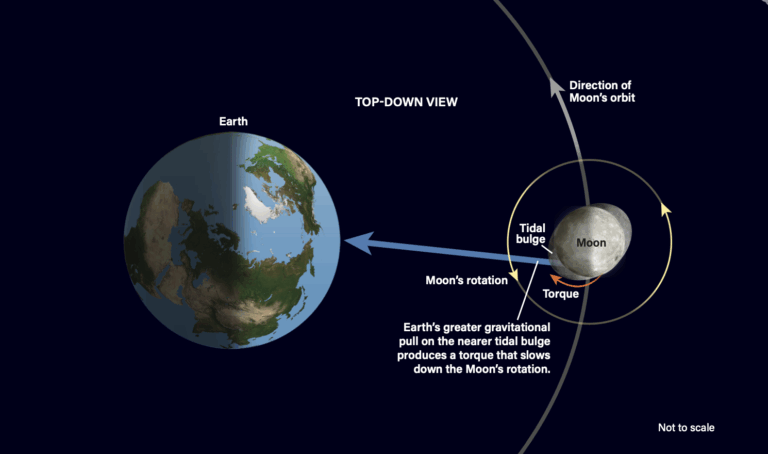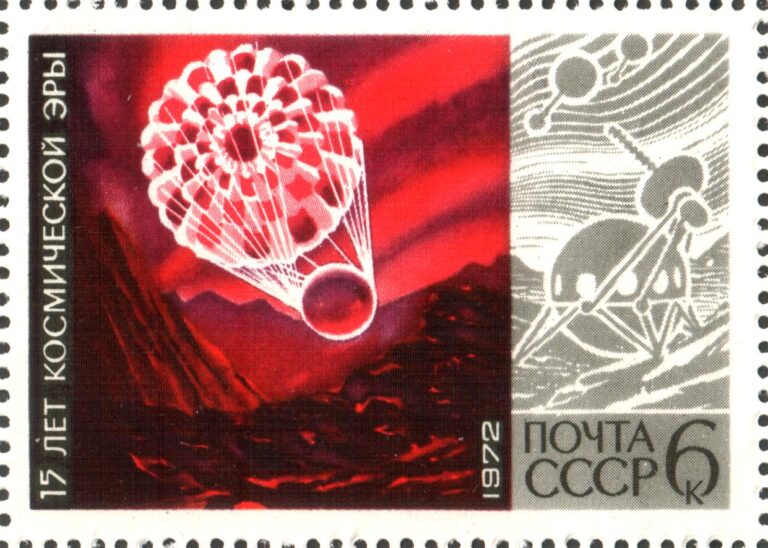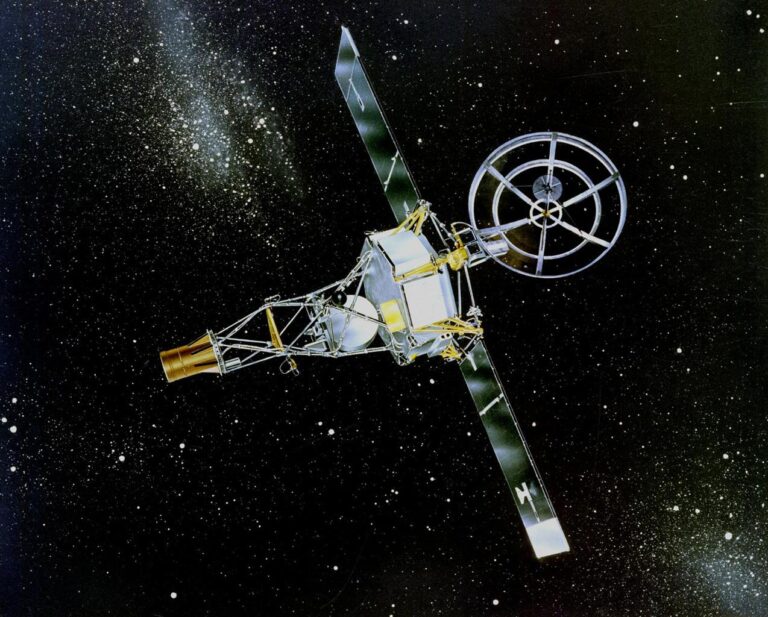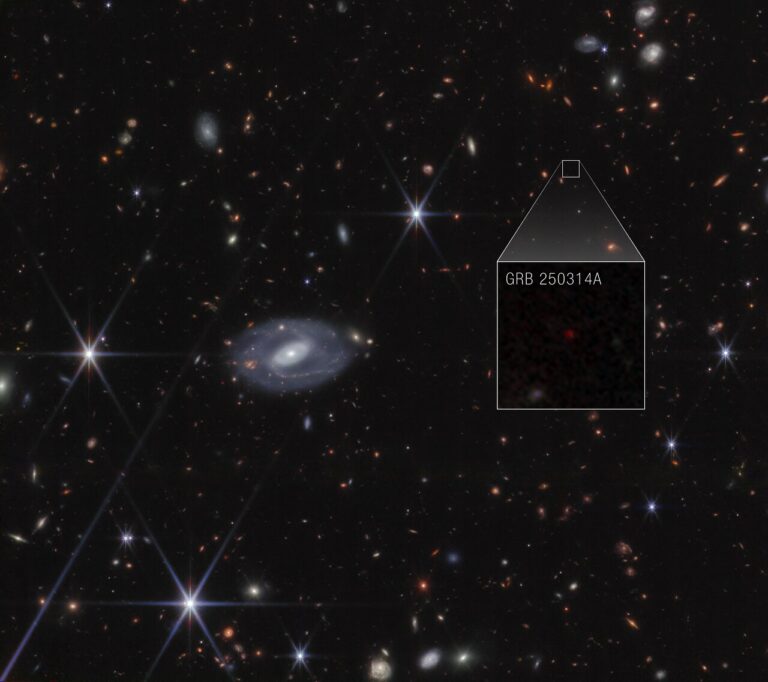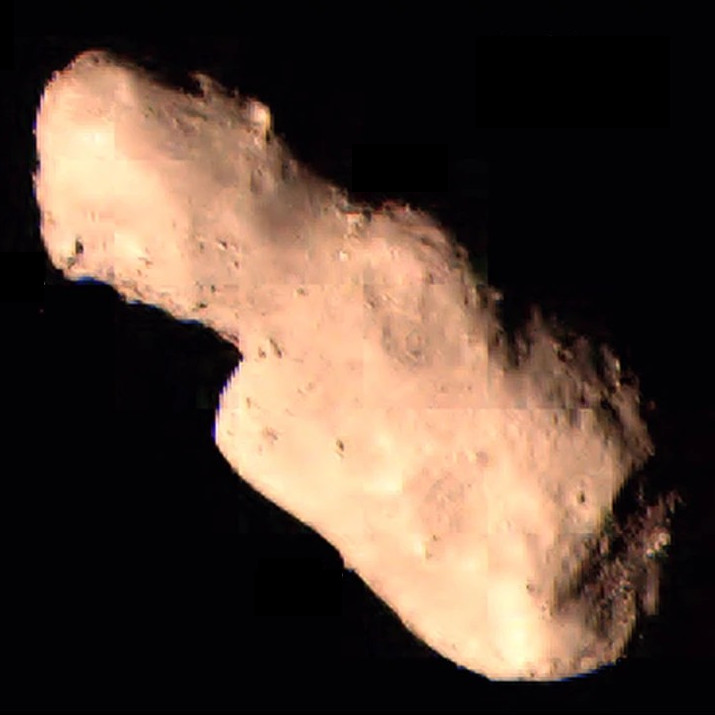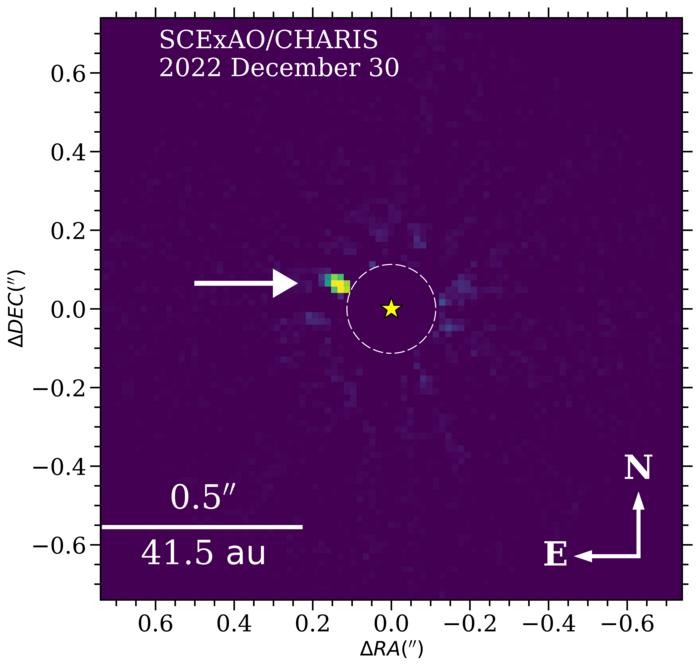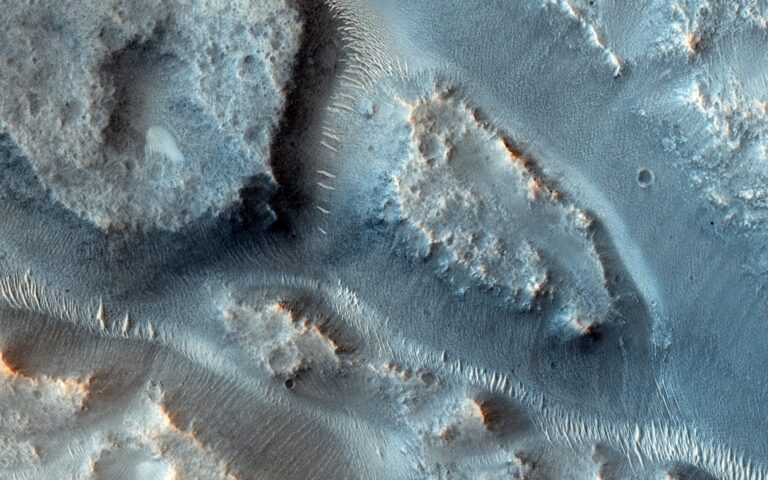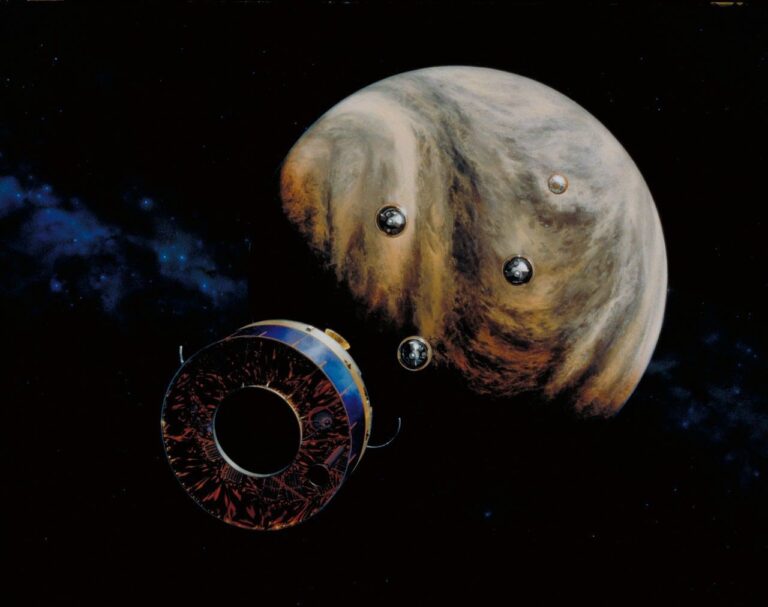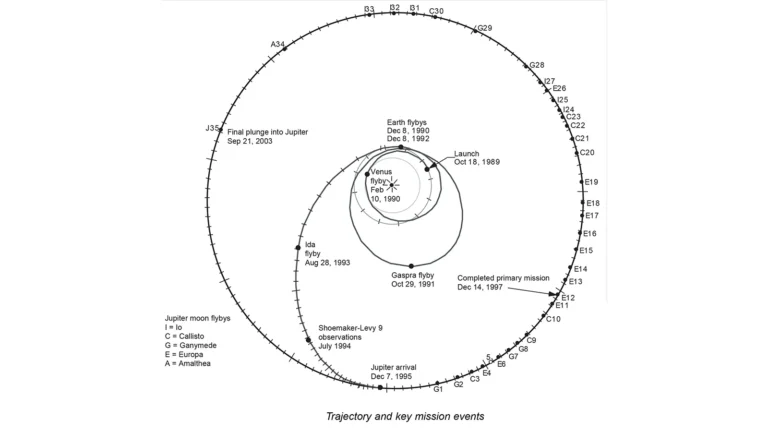Key Takeaways:
- Voyager probes revealed intricate details of Saturn's rings, far exceeding prior expectations.
- Voyager missions uncovered unexpected features on Saturn's moons, including Titan's dense atmosphere and Enceladus's smooth surface.
- Voyager data showed Saturn's atmosphere contains powerful storms and incredibly fast winds.
- Observations from Voyager significantly advanced our understanding of planetary formation and the potential for life beyond Earth.
For centuries, astronomers using telescopes spied a ring of material circling the planet’s equator. Pinpricks of light, the planet’s moons, floated nearby. Technical advances led to better views, until scientists could see gaps or divisions in the material ringing Saturn. They also saw oddities on its moons: One seemed to hold a methane atmosphere laced with clouds, while another was two-faced, bright on one half but dark as asphalt on the other.
But it would take Voyager 1 and 2, a pair of visiting spacecraft, to fully reveal the beautiful and intriguing ringed world and its equally fascinating system of moons. The planet hosts a wide array of astronomical processes and structures, and the Voyager probes were the first to show scientists how incredible the Saturn system truly is. The system they uncovered was too intriguing not to revisit, laying the foundation for the groundbreaking Cassini mission decades later.
The twin Voyager spacecraft launched 16 days apart in 1977, beginning their Grand Tour of the outer solar system. They took separate journeys to the ringed planet and its diverse moons. Voyager 1 arrived in November 1980, and afterward used the planet’s gravity to slingshot itself out of the solar system’s plane. Voyager 2 swung through in August 1981, continuing on to Uranus and Neptune.
The pair of probes revealed many unexpected details about the Saturn system, but Voyager 1 was not the first mission to snap an up-close view of the planet. That title belongs to Pioneer 11, which flew by the ringed world in 1979. Its photographs, combined with ground-based detections, helped planetary scientists better plan the Voyagers’ Saturn flyby routes, as well as choose which targets to focus on.
Each closest approach was a quick encounter — after all, the probes were traveling faster than 9 miles per second (15 km/s). But the mission team began collecting detailed observations of each target weeks in advance. And for the two weeks surrounding each nearest encounter of Saturn, all the science teams would converge at the Jet Propulsion Laboratory in Pasadena, California, for an intense observing session.
Remarkable features of the rings
Before Voyager arrived at Saturn, scientists knew of two empty paths splitting Saturn’s rings: the Cassini Division and the Encke Gap. But based on observations from both Pioneer and ground-based telescopes, “we thought we would find bland, featureless sheets of material separated by gaps,” says Linda Spilker, who studied the rings as part of the Voyager team and is now the Cassini project scientist. Instead, the twin spacecraft revealed the rings are anything but bland.
As Voyager 1 neared closest approach and the resolution improved, the team could make out more details. “It looked like grooves on a phonograph record,” says Spilker of the rings. Hundreds of concentric rings circled Saturn. Scientists saw waves along the edges of gaps between those rings, as well as braided features and spiral structures within the rings — all due to the gravitational influence of small moons embedded in and sitting just outside of the rings. They even saw patterns that looked like propeller wings spiraling out from moonlets, showing how large boulders clear material along gaps in their orbit. Studying the behavior of moonlets in a “debris disk” such as Saturn’s rings has allowed scientists to indirectly study how planets form around stars in protostellar disks. “The rings were just so much more than I had imagined,” adds Spilker.
But it wasn’t just the beautiful images of the photogenic ring system that surprised scientists. When Voyager 2 approached Saturn in August, it observed starlight from Delta Scorpii as the rings passed in between that background star and the spacecraft. Called an occultation, this filtered view allowed researchers to see even finer details in the rings. In fact, they saw the particles in the rings with a resolution 10 to 20 times better than by just photographing the rings directly.
With those data, scientists could estimate the thickness at the edge of each ring: between 33 and 656 feet (10–200m). They saw smaller structures in the rings: clumps, twists, and waves — all due to the gravity of Saturn’s satellites. That occultation using Delta Scorpii was one of the most crucial observations Voyager made at Saturn. And with only one such event, the data was extremely precious, says Spilker.
What a difference a generation of technology design makes: Today, scientists have hundreds of occultation observations from the Cassini spacecraft, which studied the Saturn system from 2004 until September of this year. Cassini’s 13 years of observations provided answers about how the moons and Saturn itself shape the rings.
Before either Voyager arrived at Saturn, most of the planet’s moons were no more than pinpricks of light. Ground-based telescopes couldn’t resolve their surfaces, so scientists had little information about the immense variation these worlds hold.
First up was Titan, the planet’s largest moon. Voyager 1 made its closest approach to the orange sphere in the late hours of November 11, 1980, when it flew less than 310,000 miles (500,000km) from the moon. Scientists hoped to see through the thick atmosphere to learn about the surface, but Titan’s mysteries weren’t so easy to solve. The visible and infrared cameras could not penetrate the clouds. Fortunately, researchers could get a radio signal to the surface and back, and used it to calculate the atmosphere’s density: 1.6 times that of Earth.
During the analysis of the radio data, a hushed rumor spread among the dozens of Voyager scientists stationed at JPL, recalls planetary scientist Carolyn Porco, that liquid nitrogen might exist on the surface of Titan. “It turned out the initial analysis was incorrect,” she says. “But I’ll never forget the indescribable thrill of hearing that rumor. It felt, for a moment, like all of us . . . were crewmates on the starship Enterprise, and we had just come upon the most alien of worlds yet seen. We were indeed planetary explorers.” Porco later explored the Saturnian system as a member of the Cassini team.
What Voyager did reveal of Titan, though — knowledge of its atmosphere’s density and composition, the possibility of hydrocarbons perhaps in liquid form at the surface — made Titan even more intriguing for further study. In fact, says Spilker, “it was really the Voyager flyby of Titan, and what we learned and what we didn’t learn, that led to this strong desire to go back.” And ultimately, it was that flyby that sparked the Cassini mission.
Observations from Earth of a ring around Saturn at the distance of Enceladus’ orbit already hinted that perhaps that small moon somehow feeds the ring. Could there be ice volcanoes on Enceladus, providing the sloshy material that would fill in impact craters? If so, some of that gushing material perhaps could escape the surface and orbit Saturn as part of the E ring. Those first detailed observations from Voyager triggered an ongoing fascination with this small, reflective moon, adds Ingersoll.
Scientists now know from the Cassini mission that an underground water ocean feeds geysers at Enceladus’ south pole. They’ve also discovered likely hydrothermal activity at the ocean floor. On Earth, biological ecosystems thrive in such environments. Could they do the same on Enceladus? That’s a question a future dedicated mission to the small moon might answer.
Scientists didn’t send Voyager to Saturn to study only its rings and moons. The planet and its atmosphere were also a science focus. Like that of its sister giant planet, Jupiter, Saturn’s atmosphere hosts incredible storms and enormous jet streams, and the Voyager twins were the first spacecraft to photograph the details in those cloud tops up close.
And then there are Saturn’s winds themselves. “I remember being amazed at how fast the winds were blowing,” recalls Ingersoll — although how fast isn’t actually known yet. That’s because scientists don’t have a reference against which to measure the wind speeds, explains Ingersoll, who has studied planetary atmospheres for decades. “On Earth, we measure the wind relative to the continents,” explains Ingersoll, and Saturn, of course, doesn’t have any continents. But if scientists could measure how fast the planet’s solid core rotates, that speed would serve as the reference.
To get at that rotation rate for a giant planet, researchers track the planet’s magnetic field, which is produced in the solid core. On Jupiter, the magnetic field’s axis is tilted in relation to the rotation axis, which means as the core rotates, the magnetic field wobbles. “You see the magnetic field wobble back and forth like a . . . top, and so that tells you how fast the interior of the planet is rotating,” says Ingersoll. Unfortunately, Saturn’s magnetic field axis and rotation axis are too similar to produce a measurable wobble on the Voyagers’ instruments. But in its final mission phase, skimming just above the cloud tops, Cassini may finally get close enough to the planet to better track the wobble.
On September 15, Cassini will end its study of Saturn, closing the door on up-close observations of the ringed planet, just like Voyager’s departure in 1981. Both missions have answered long-standing questions about the ringed world and its system, as well as introduced new mysteries for future spacecraft to resolve.
This world holds beautiful rings that mimic some characteristics of disks around young stars, intense atmospheric storms, and a variety of moons — including one with an Earth-like weather system and another with the ingredients of a habitable environment. “The study of Saturn has provided scientists the means to study processes that are at work all across our solar system and scale-invariant across the cosmos,” says Porco. “No other planet can claim as much.”
Because of Voyager 1 and 2, we know why the Saturn system continues to tempt planetary explorers.

